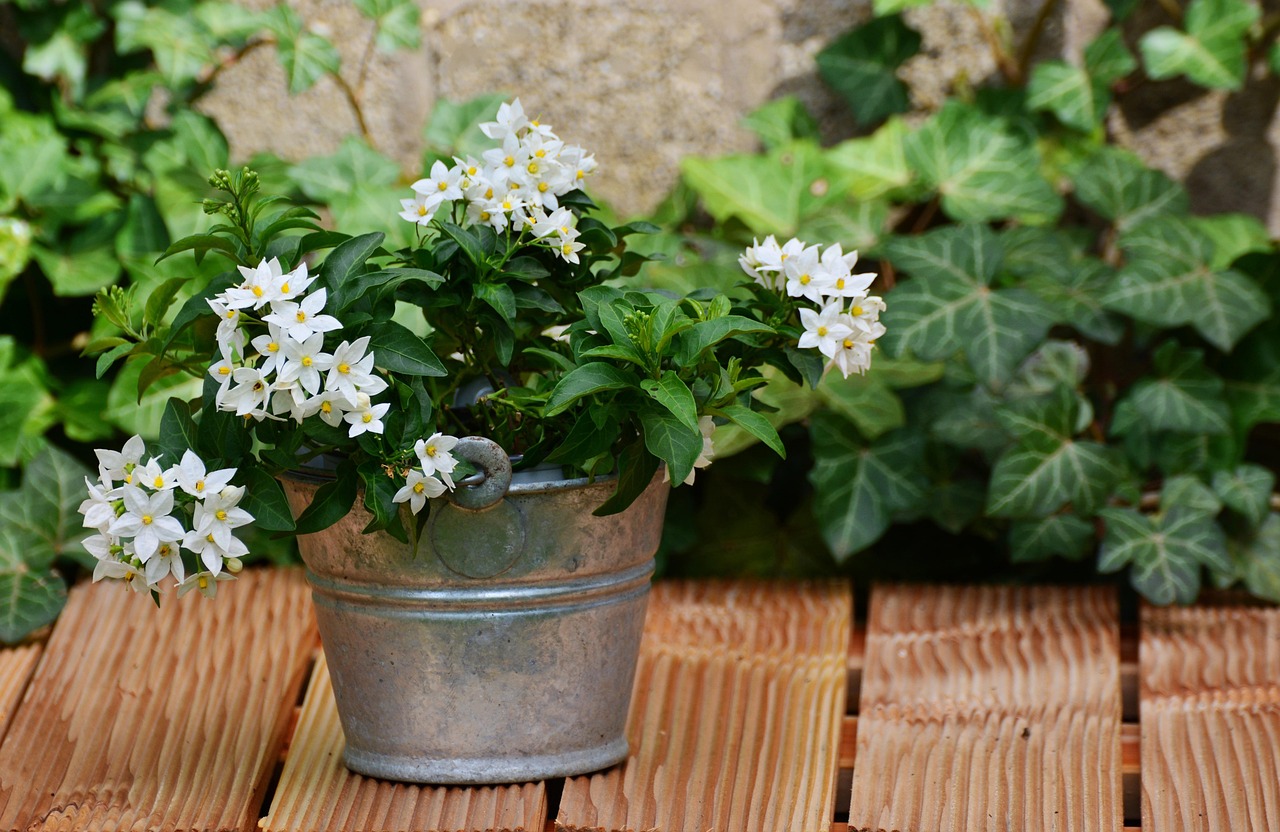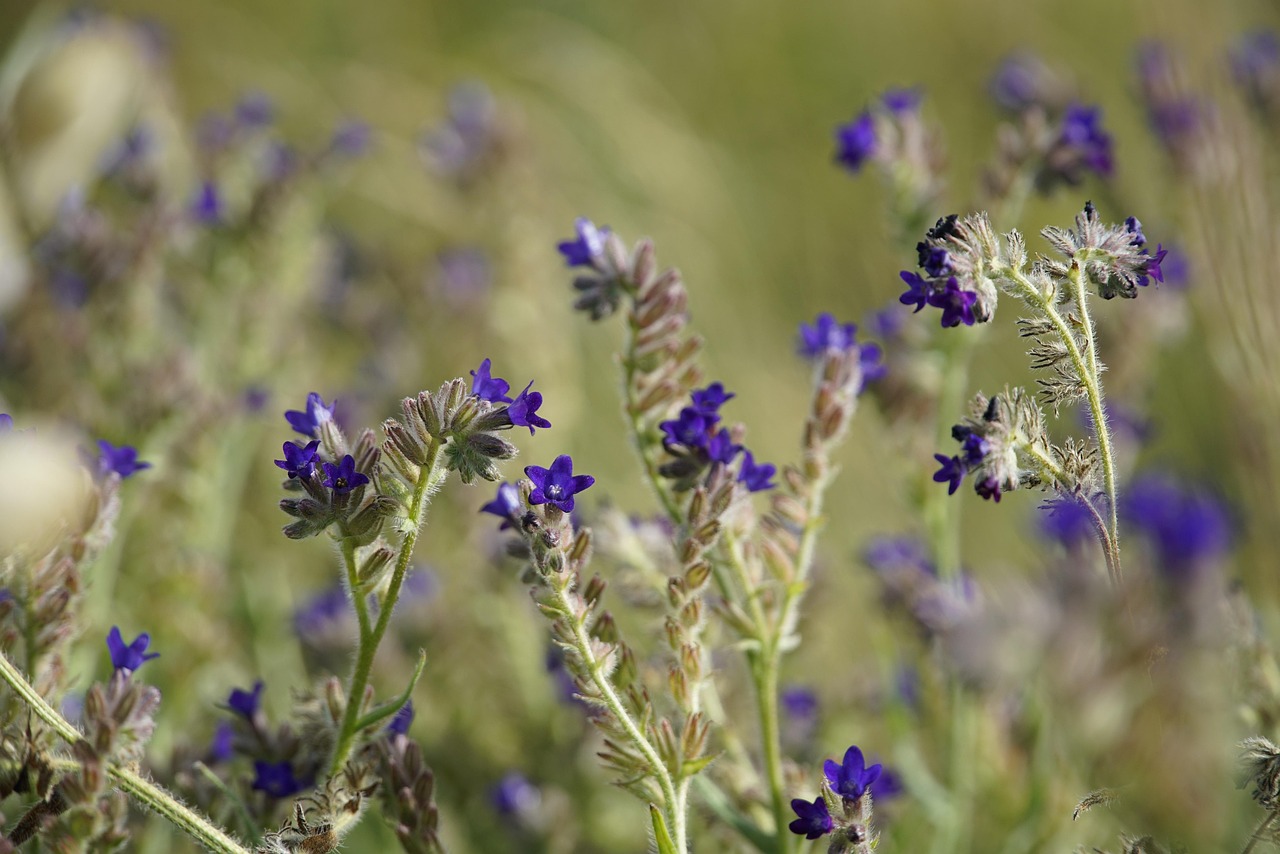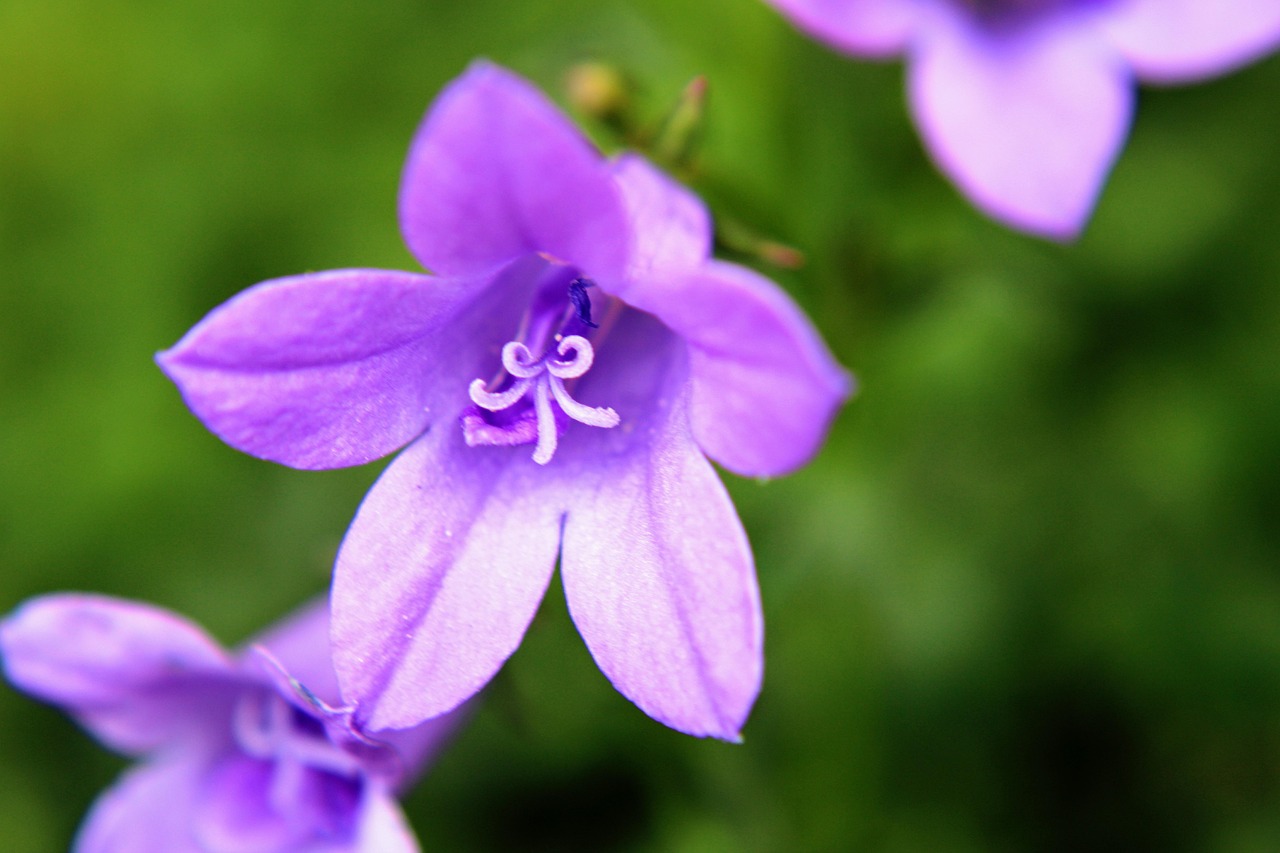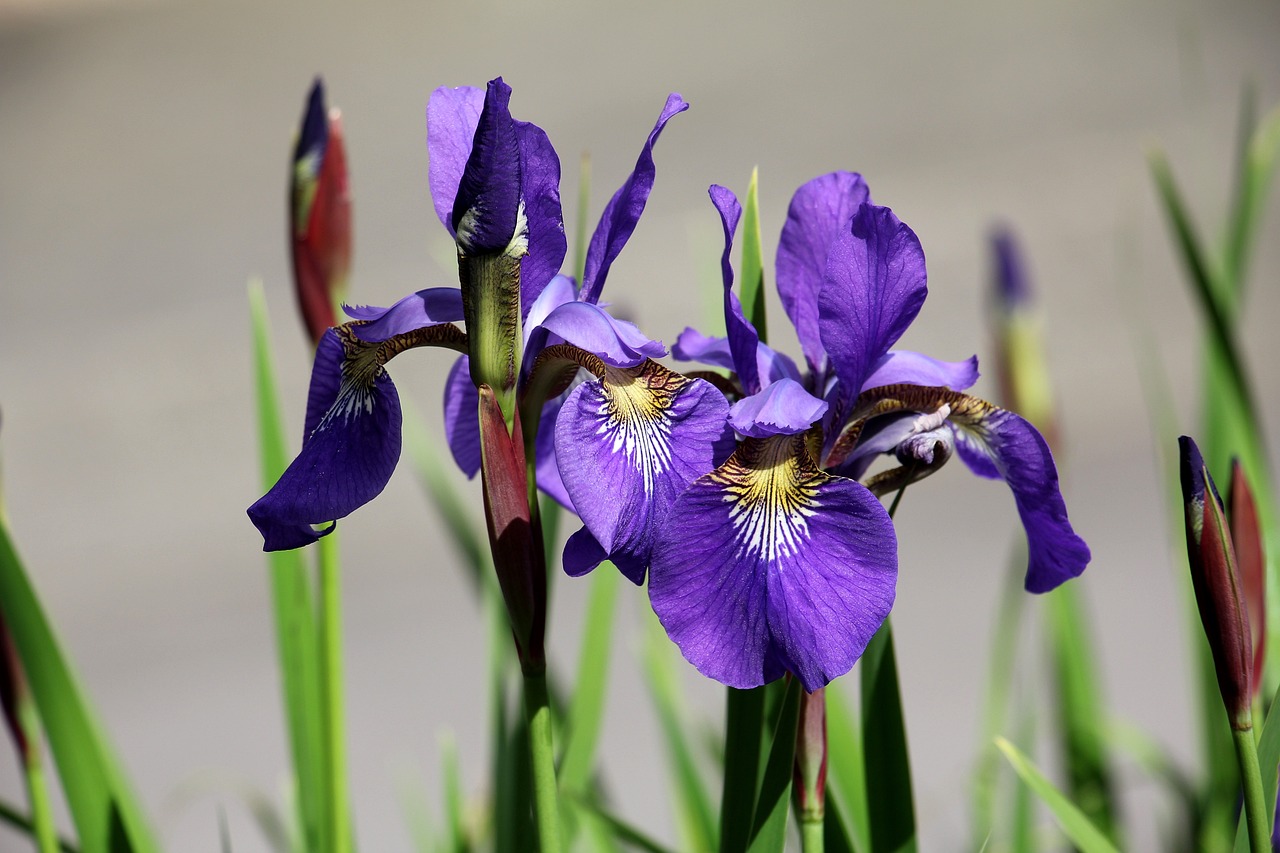Veronica longifolia | A Medicinal Herb Cherished in Medieval Monasteries
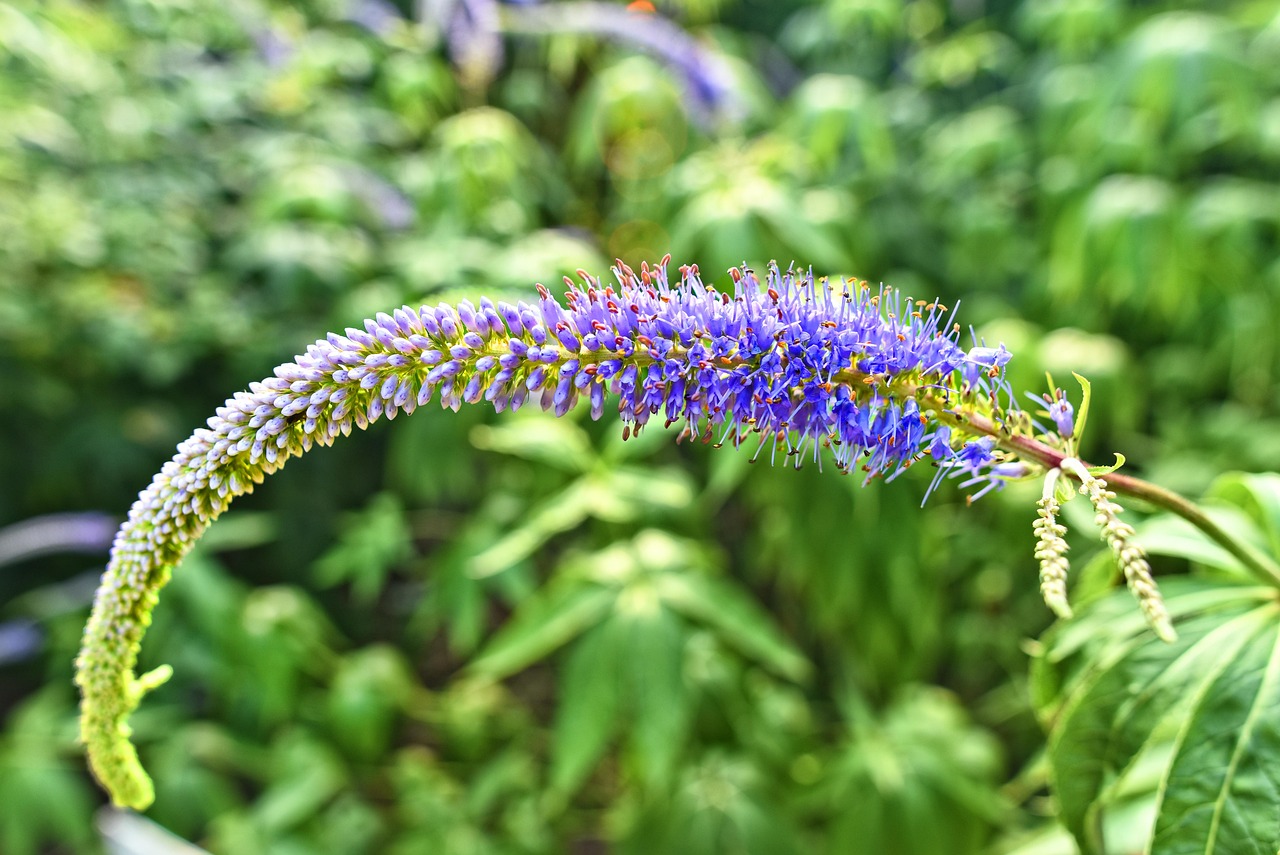
Veronica longifolia is a perennial plant known for its striking upright flower spikes.
The flowers bloom in shades of blue-violet, white, or pink, brightening flower beds from early to mid-summer. Thanks to its ornamental value, this plant has long been cherished as a garden flower not only in Europe but also in other parts of the world.
In this article, I will provide detailed information about Veronica longifolia, including its basic characteristics, cultural and historical background, and tips for successful cultivation.
Basic Information
- Scientific name: Veronica longifolia
- Family: Plantaginaceae
- Origin: Europe, Northern and Eastern Asia
- Appearance: Numerous small flowers bloom on slender spikes at the tip of long stems. Plants typically reach 60–100 cm in height. Leaves are long, narrow, and opposite, giving the plant a clean silhouette.
- Blooming season: June to August
Cultural Significance Around the World
Because of its elegant flower shape and cool colors, Veronica longifolia has been widely used in traditional European gardens.
In England, it became an essential part of cottage garden style from the 19th century onward, where natural harmony among plants was highly valued.
In countries such as Germany and the Netherlands, it has been regarded as a valuable perennial, often planted in clusters as a background plant in border gardens. Owing to its wide range of colors and long flowering season, many landscape designers select it to enrich the seasonal atmosphere of gardens.
In Japan, it was introduced in the Meiji era and has since been grown as both a perennial garden plant and a cut flower. Its moderate tolerance to heat and humidity allows it to be cultivated across the country.
Historical Background
Veronica longifolia originally grew in grasslands and forest edges across Europe and Asia, making it a familiar plant in daily life for centuries.
With the rise of plant taxonomy in the 18th century, it was classified and given the scientific name Veronica longifolia, which further encouraged its spread as a horticultural plant.
In the 19th century, European plant collectors brought back different varieties from Asia and Russia, which led to greater diversity in cultivated forms.
During the Victorian era, the use of perennials in flower beds became widespread, and Veronica longifolia established itself as part of the garden culture.
In modern times, its value as an ornamental plant has been reappraised, and it continues to be widely planted in naturalistic garden designs. Today, it remains a common sight in botanical gardens and public parks across Europe.
Gardening Advice
Veronica longifolia is relatively easy to grow and is suitable for both garden beds and pots. Here are some key points for successful cultivation:
Sunlight
It prefers full sun. While it can tolerate partial shade, flower production may be reduced.
Watering
In garden beds, rainfall is usually sufficient. During prolonged dry periods, additional watering may be needed. For potted plants, water thoroughly when the soil surface becomes dry.
Soil
Well-drained, fertile, and aerated soil is ideal. Mixing compost or leaf mold improves root growth.
Fertilizer
Apply a slow-release fertilizer in spring to support steady growth and flowering. Apply additional fertilizer only sparingly if needed.
Pruning
Cut back flower spikes after blooming to keep the plant tidy. This may encourage a second bloom and strengthen the plant.
Hardiness
This plant is cold-hardy and withstands winter well. In colder regions, adding mulch around the base helps ensure safe overwintering.
Conclusion
Veronica longifolia is a perennial plant native to Europe and Asia, notable for its elegant summer flower spikes.
It spread as part of European garden culture in the 19th century and continues to play an important role in cottage gardens and border plantings. In Japan, it has been cultivated since the Meiji era and remains popular both as a perennial flower and as a cut flower.
With adequate sunlight and good drainage, it can be grown successfully with relatively little effort. Its refined blossoms make it an excellent choice for adding seasonal beauty to any garden.

